“Serbia 🇷🇸 ~Novi Sad at Trg Slobode”
We are currently in Novi Sad. Novi Sad means “New Orchard,” and has nothing to do with sad-ness. It is the second largest city in Serbia, and one of the cities we were really looking forward to seeing. It dates back to prehistoric times, like other places in Serbia.
We have made it up north, and this means we will be wrapping up our Serbia Adventures, in the very near future!
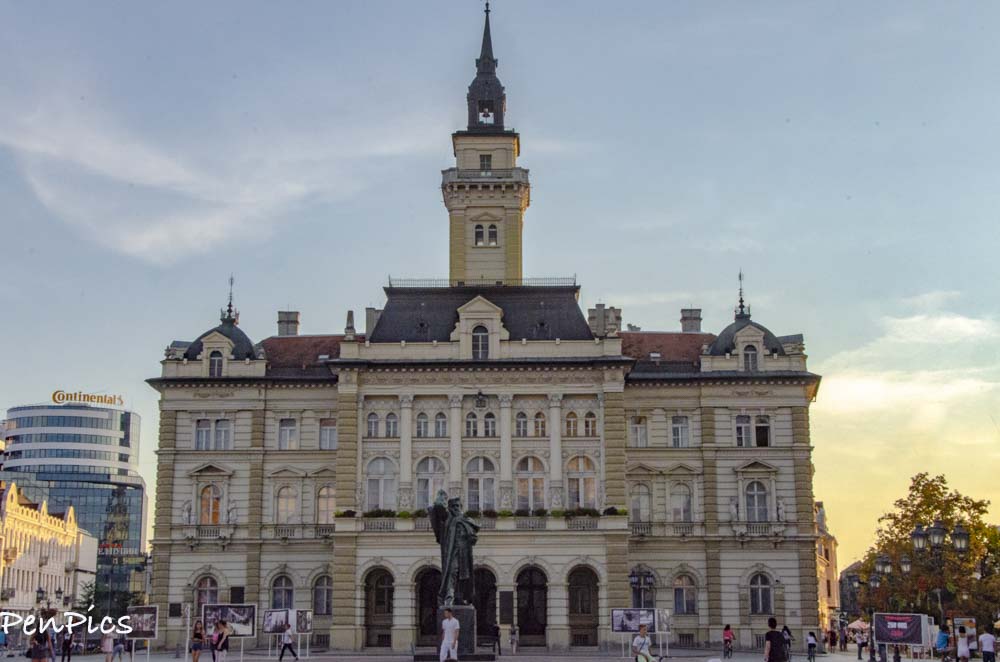
The town hall is located in the central square of the city; Trg. Slobode. The architect Georg Molnar made a symbolic building for this city, having four domes; one at each corner and a tower at its top, with a balcony. At the top of the tower, there was a bell that served as a fire alarm. The most visible elements of the facade are the 16 allegorical statues and the Corinthian columns.
On our way up North, from Golubac, we had tried to get to the “Iron Gate,” but as luck would have it, we both lost our 3G, completely, therefore we had no clue where it was. Signage is not good enough, and English writing is not the norm. We knew it was in the east, and it is related to the Danube River, (Danube in the Celtic language means River of Water)…so we tried to keep near that, but ended up in Belgrade; the capital, and without any maps, we were dead in the water in that big place, too. We stopped at a cafe to try to use their wifi, but it wasn’t working, either. We drove around for an hour and a half, just wasting fuel and time, trying to find a route that we could manage, with signage. It was so frustrating. We had stopped twice to try to get some help with our phones, since we put 20 dollars into the SIM provider, just that morning. Nobody could help, as the language barrier is always an issue. Once we arrived in Novi Sad, we learned from a person at our hotel, there is something we have to do, once a clerk fills our phone, or the fill just goes away. Its a series of numbers and codes. This SIM is a different operation than any other country we have been in. Getting the phone initiated, buying the SIM was no issue, but filling them when they are depleted, here was. Lesson learned. Tonight, in the main square we both got our phones filled again and all is right as rain, once again. Having Maps is paramount to an enjoyable time, road-tripping. (if you are new to following us, we do not have access to tourist centres to get maps in the countries we are visiting, as they are closed, due to C19. We are completely dependant on our Google Maps).
I doubt we will take the 4.5 hours to go back to the east, to find the National Park, we had no directions to get to, today. Its just too far, and we have so much to see, without that kind of repeat on the road; especially when fuel is around eight dollars a gallon! Fortunately, we have seen a few beautiful canyons in the Balkans, so we have that to be glad for.
We finally got out of Belgrade, and because we saw the highway sign for Novi Sad, and it was on the list to visit, that was where we headed. Belgrade, as expected was just too busy and crazy. We may, or may not go back there; this will depend on how filled-up we get in the next few days, visiting other sights.
Though our day was long and hard, we absolutely ended on a good note. Novi Sad is enchanting and charming. It has everything a European city could have, including the Danube River. Novi Sad has been well preserved and loved on. We found a great stay in Novi Sad for our budget, and we have a fridge and A/C. We will stay two nights and have already turned in our laundry, which was a much needed job.
Tonight, as the sun was going down, we were out walking around this amazing city. So many people were doing the same thing, and it was fun to people watch, too. Its summer in Europe, the sun was shining again, and families were having a lot of fun. We heard laughter, and its very nice to be in such a happy place. We have several things to see in Novi Sad, Its wonderful so far, and I already know it will end up being one of our favorite stops in Serbia!
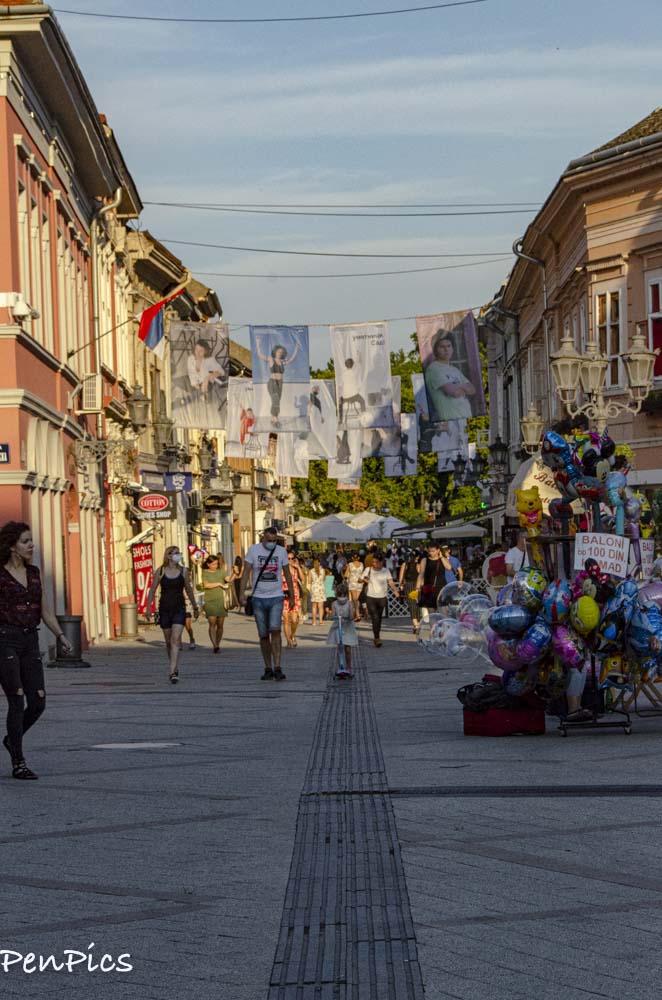
The city center square abounds in buildings of different architectural periods, including gothic, baroque, secession and neoclassicism. Today, these historical buildings mainly house various institutions, museums and galleries.
Novi Sad is simply one of the greatest historical treasures of Europe, and is located around 38 miles north of Belgrade. It is easily connected by an international highway with Budapest, Vienna, Belgrade, Athens, Bucharest and Istanbul. This hightway was the first we drove, since being in Serbia. It is a Toll; take a ticket from the first toll, and pay the money when leaving the highway, and it is well worth the money. After all the hard miles we’ve been driving, being on this highway was like flying! It was also fun to see the great signage, which indicated the directions for Budapest, Vienna, and Bucharest.
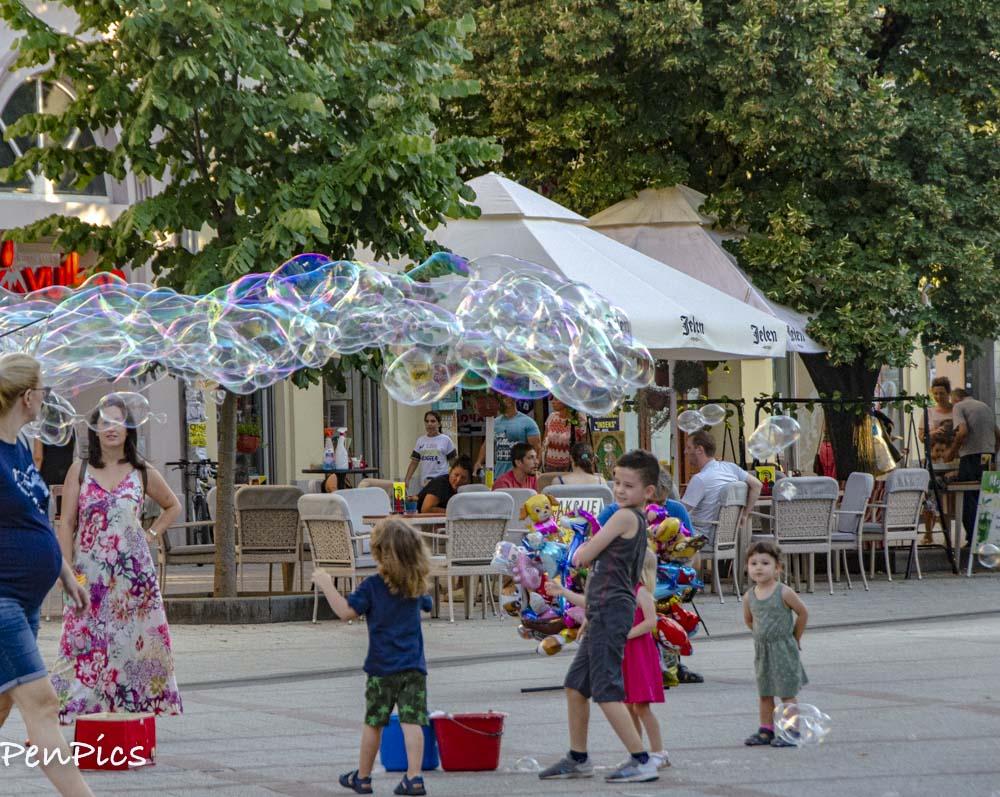
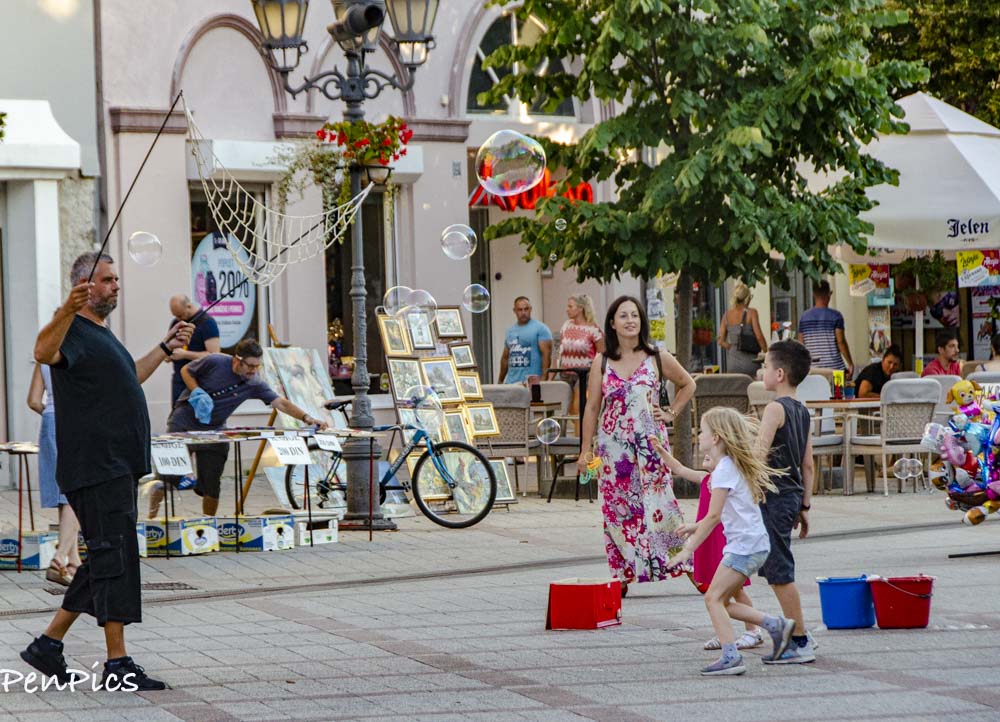
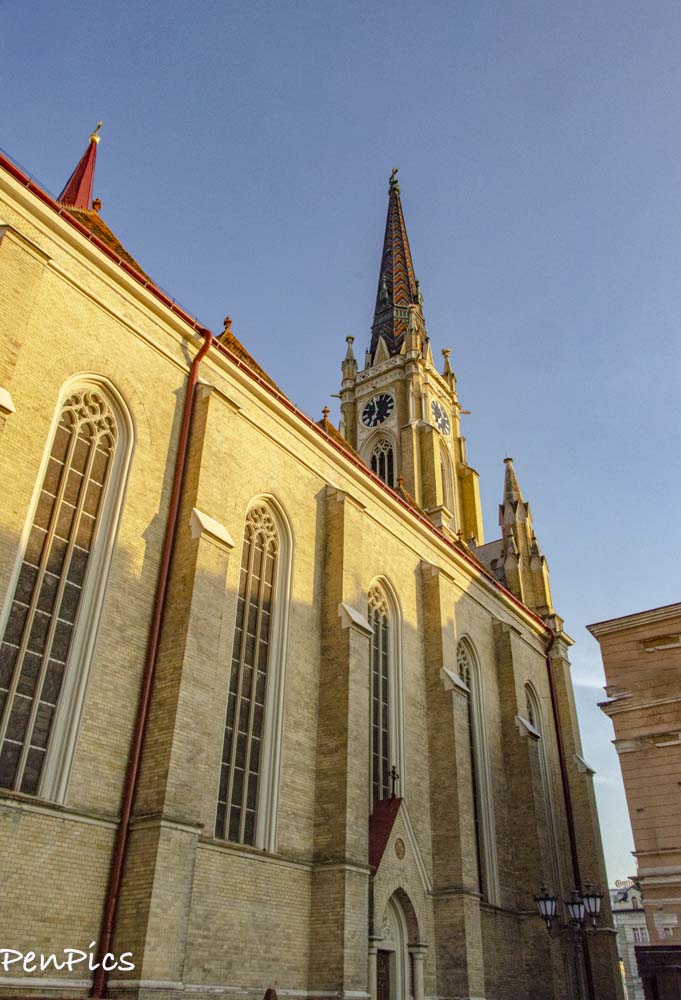
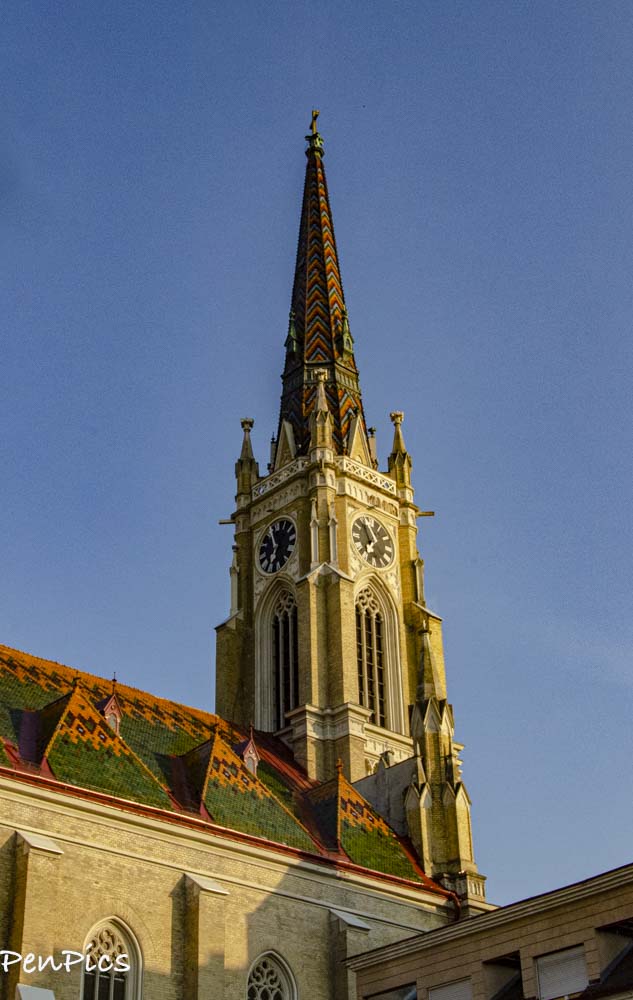
During the riot in 1849, the church was set on fire, and after the conflict, the Catholic community started the renewal. In 1864, this church became a constant cathedral. By the end of the 19th century, the Catholic community of Novi Sad decided to build a new representative church. In 1891 the old catholic church was destroyed and they started bricklaying the new one according to the project of ‘’baumeister,’’ Georg Molnar.
Inside, there are four alters and the main is decorated by Tyrol engravings. Stained glass from Budapest is embedded into the windows and they represent Biblical motives, as well as the heralds of the famous catholic families from Novi Sad.
This church also serves as a concert hall, especially for the concerts of organ, since there is one dating from the 1895.
After a fire in 1904, the church was renewed; the roof was decorated with hexagonal enamelled plates. The bust of the Georg Molnar is placed in the alcove under the choir. The latest renewal emphasizes the yellow brick which the church was made of, and by means of special lighting that illuminates the walls, it makes it the most recognisable building in Novi Sad.
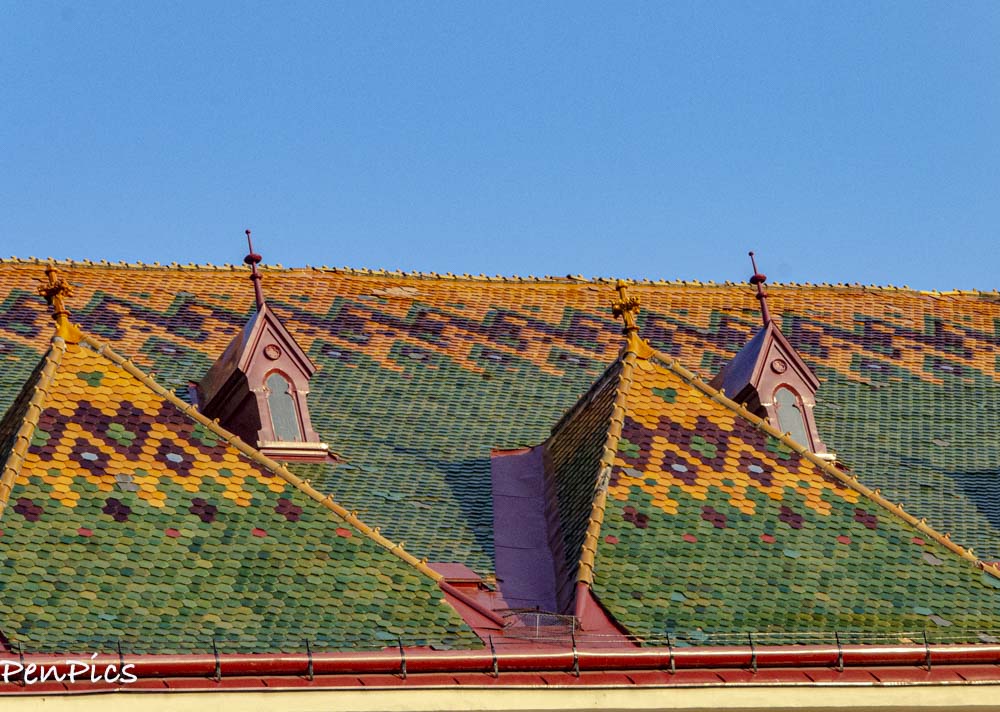
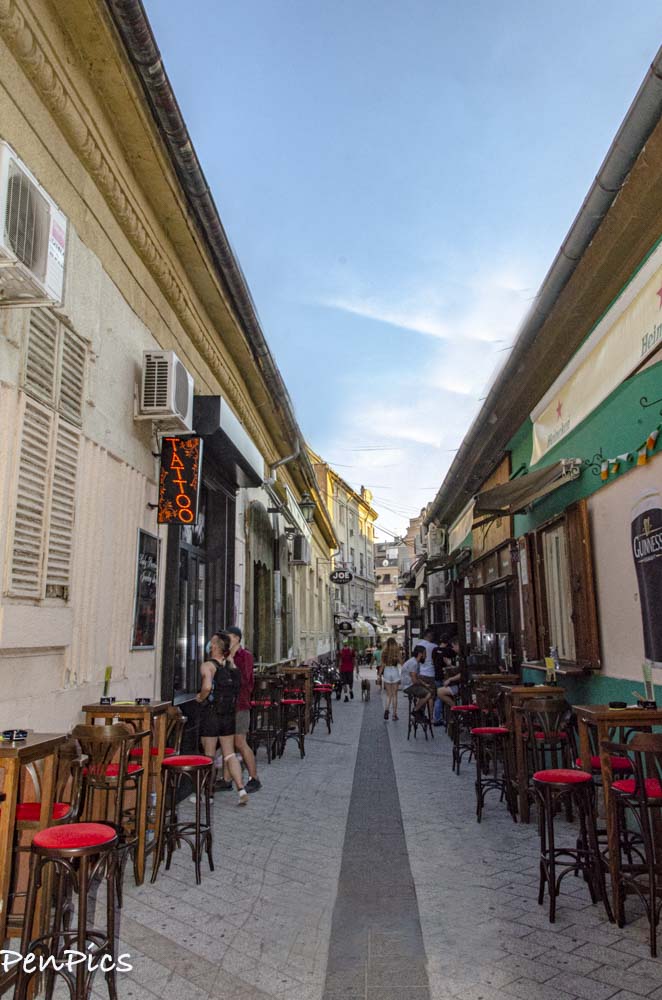
After World War I, Novi Sad became part of Serbia and Montenegro. Today, Novi Sad is a city with about 350,000 citizens and it is the political, administrative, economic, cultural and educational centre of Vojvodina.
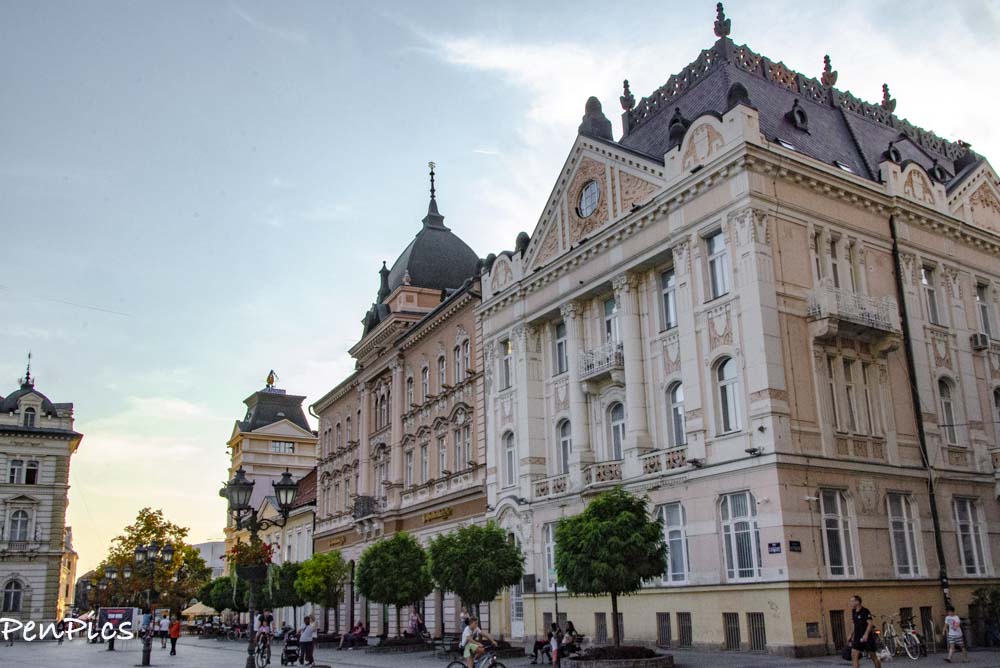
Walking around the old center of the city, along one of these wonderful streets, it is unavoidable on whichever route you choose, you will find yourself at the the “Trg slobode” (Freedom Square). sitting down in the many choices of businesses for drinking coffee, or cold, iced sparkling water in our case, is just as enjoyable. The atmosphere of the families with small children, and couples, walking, running, and laughing is contagious.
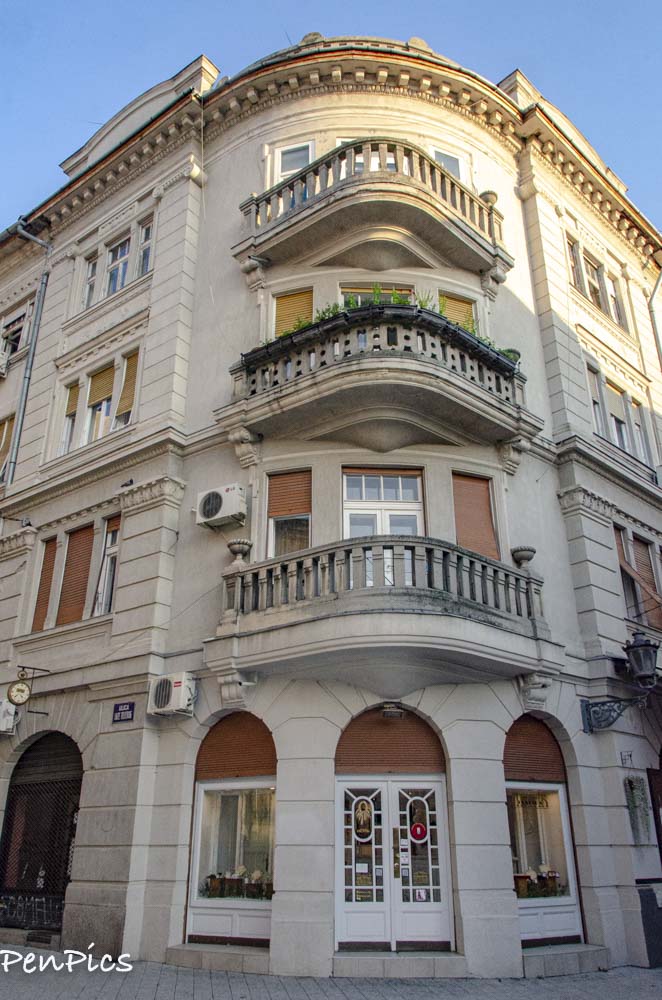
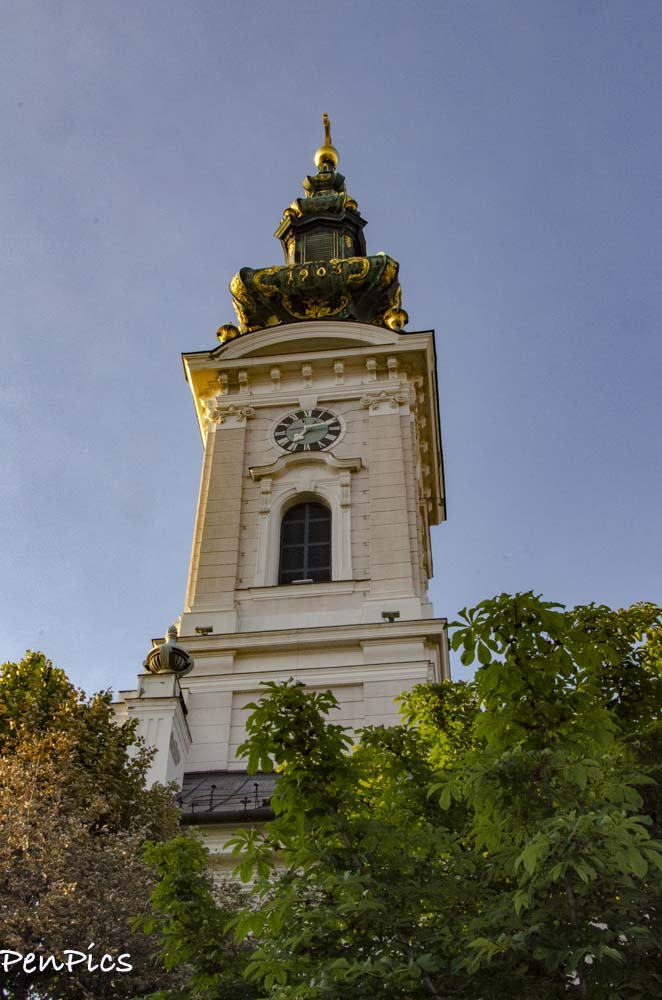
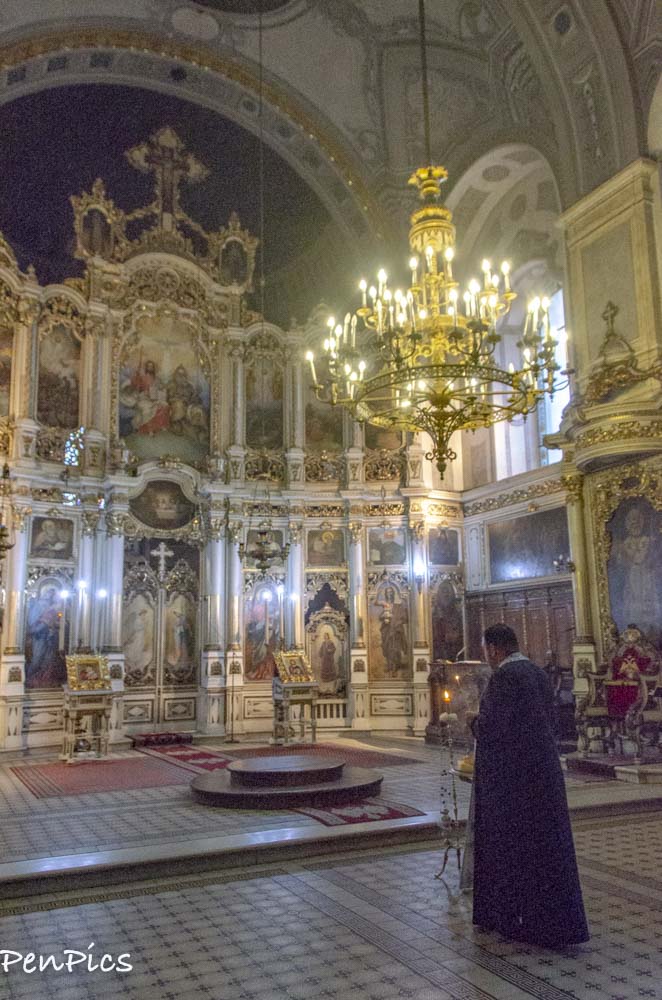
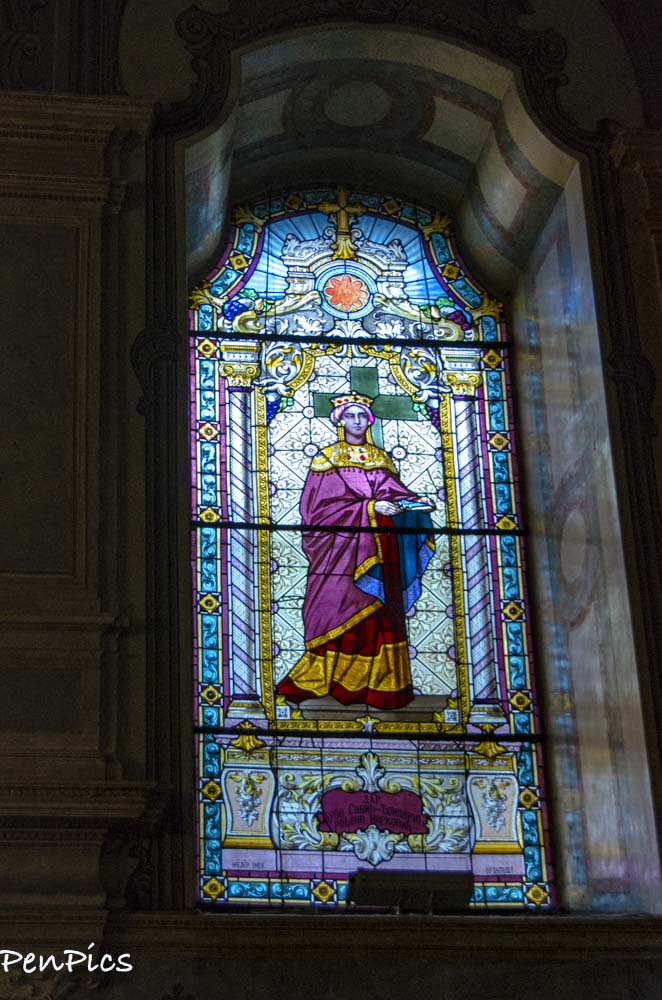
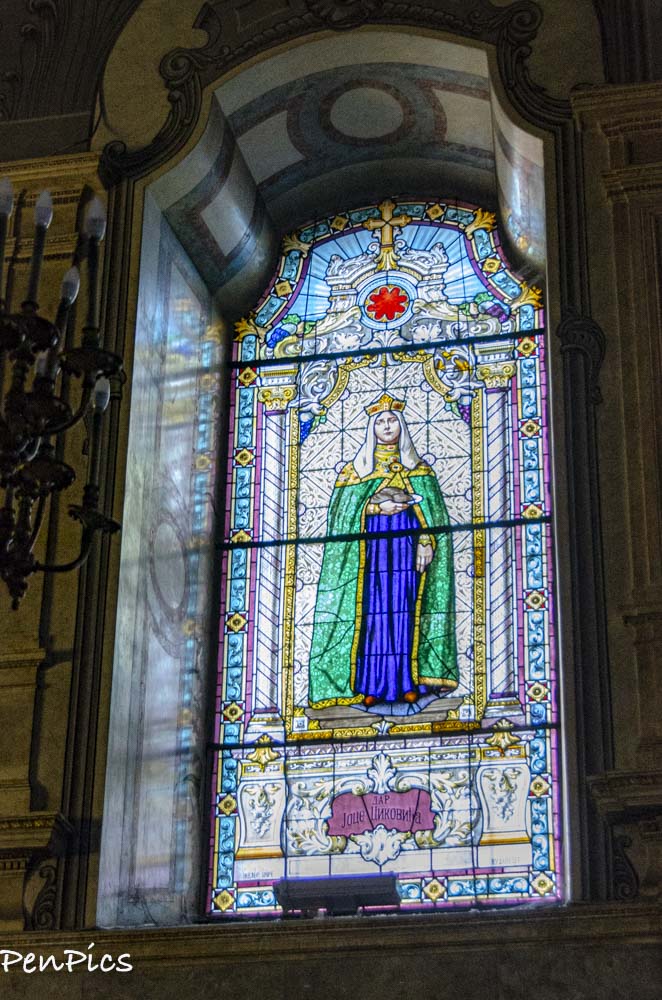

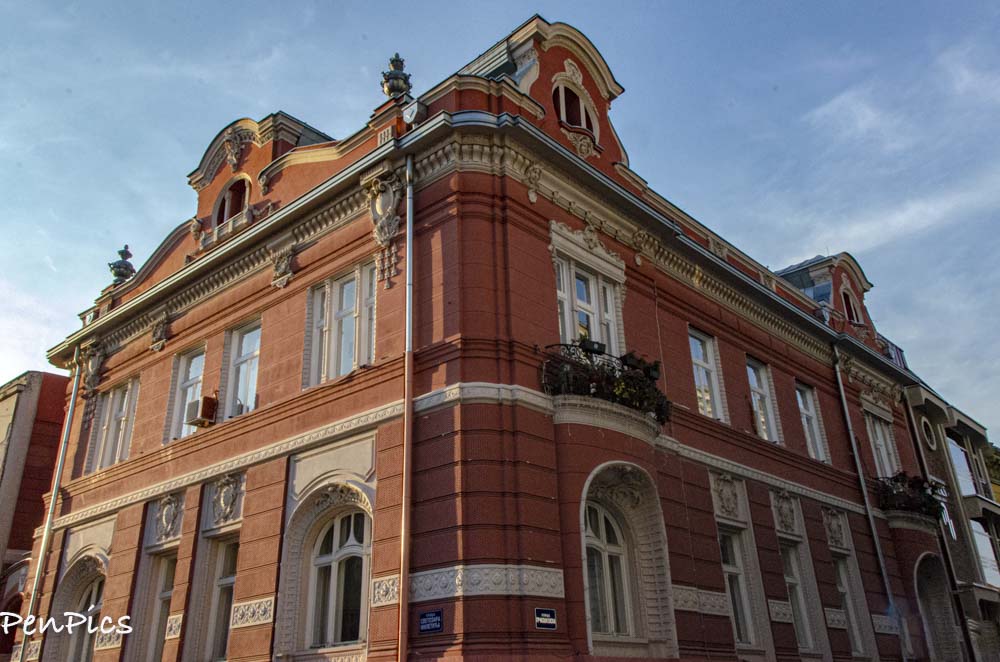
There are many legends about the foundation of this city. Since prehistoric times, many nations have lived in this area. The Petrovaradin Fortress, which we will get to see, today, is the symbol of the city. This Fort dates back to the Middle Ages, and it was the Austro-Hungarians that gave it the look it has today.
One of the legends says it were the merchants and craftsmen who established the settlement around the Petrovaradin Fortress in which they had worked, but were forbidden to live.
During the ages, that settlement grew into one of the most beautiful cities in this part of Europe; Novi Sad, known also as “the Serbian Athens” due to its remarkable culture and history. According to this legend, the city was founded by exactly 12 soldiers and 20 craftsmen (bakers, butchers and others).
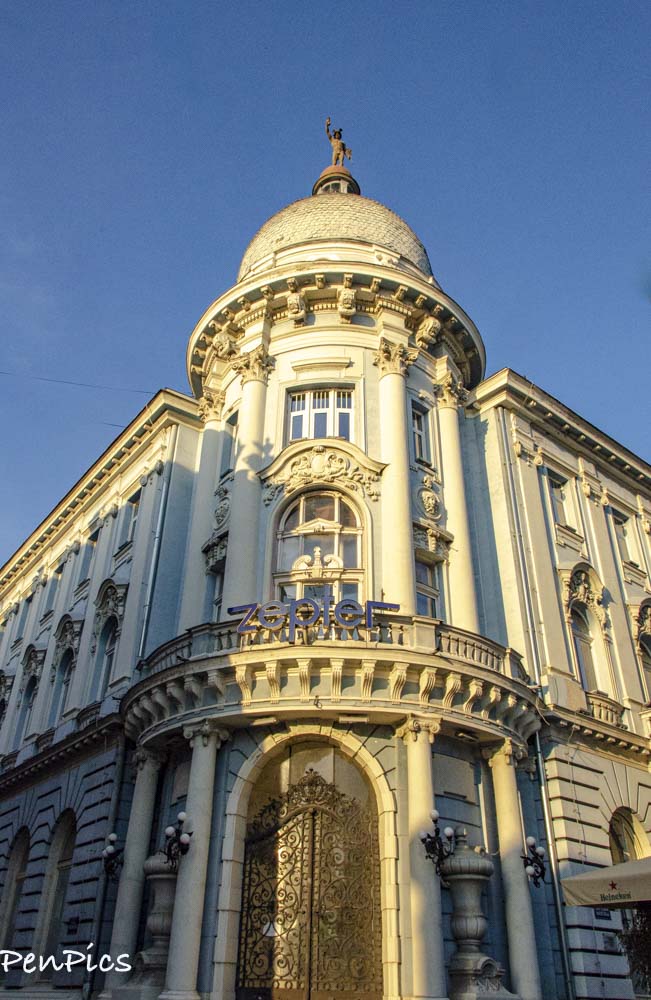
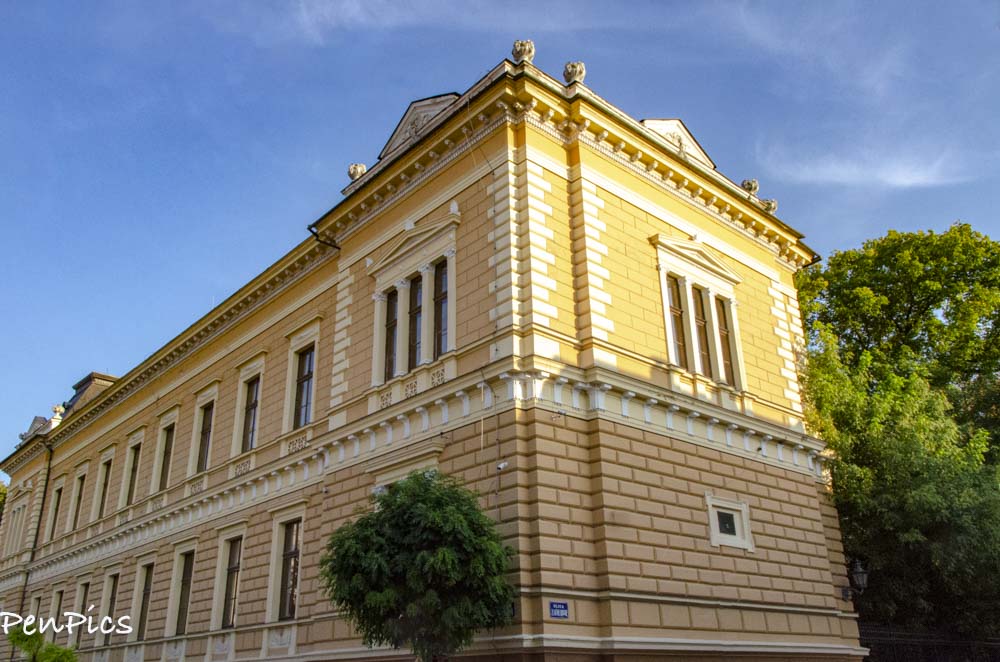
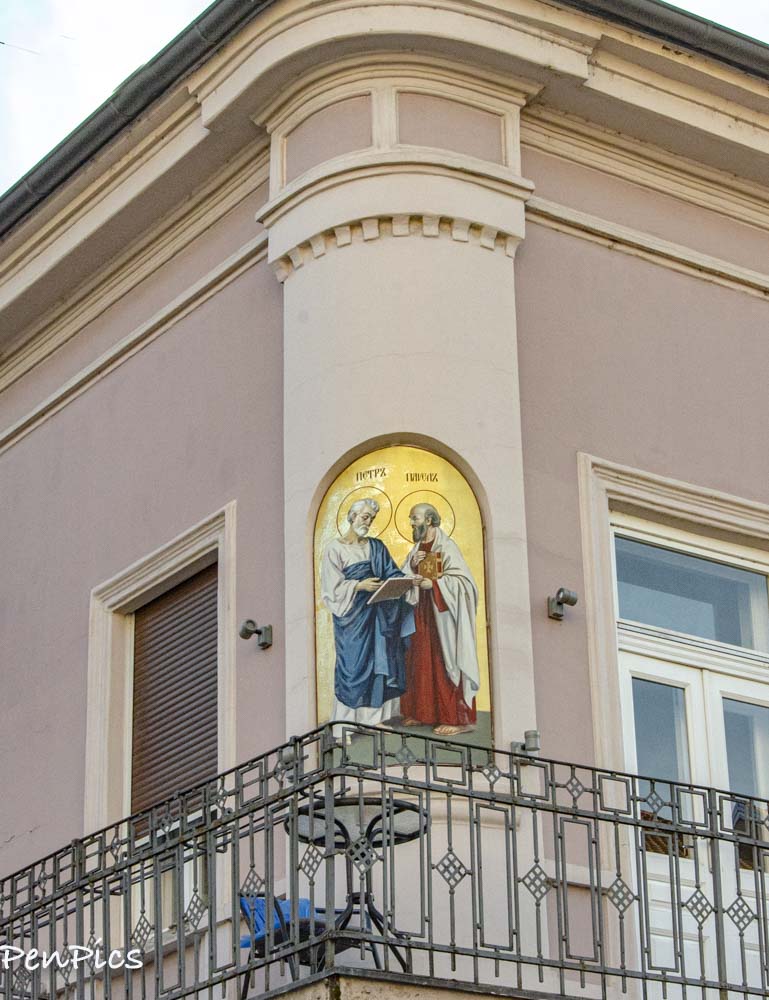
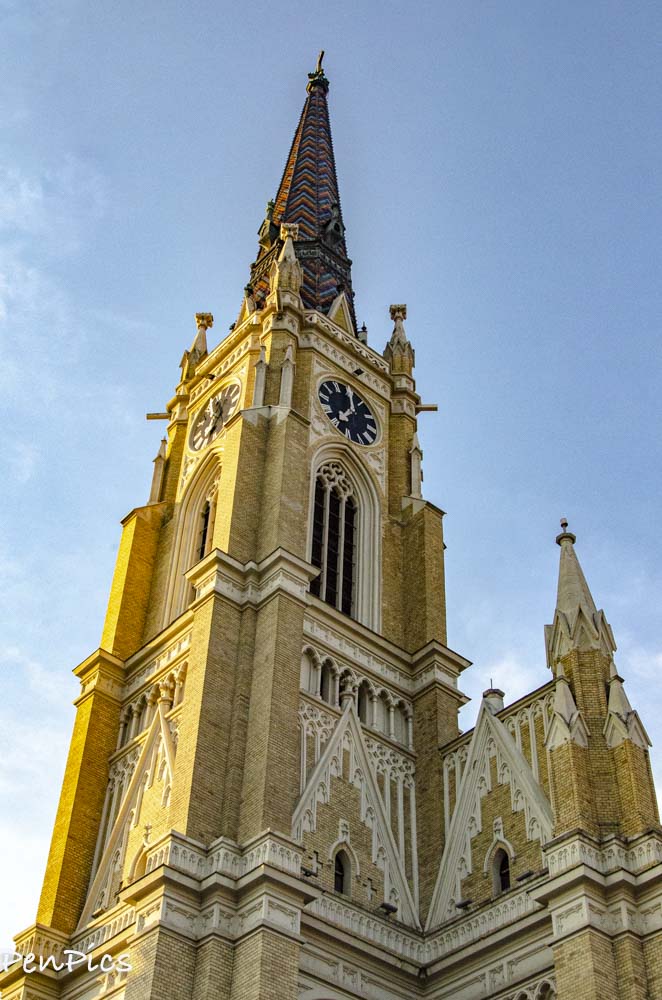
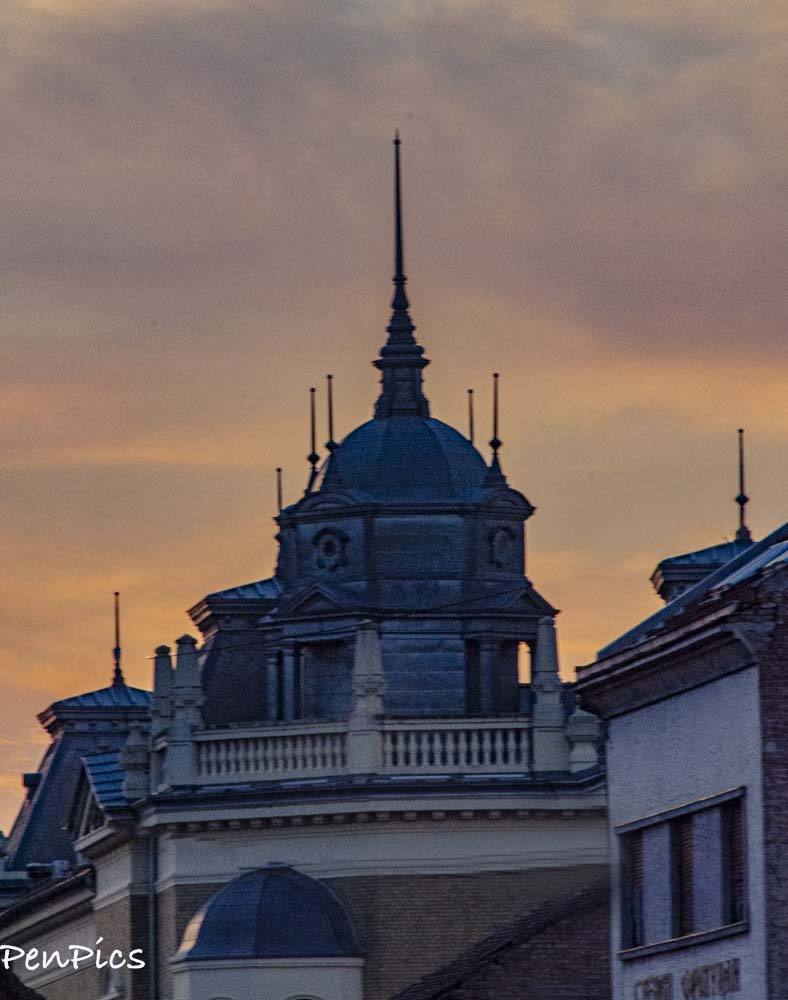
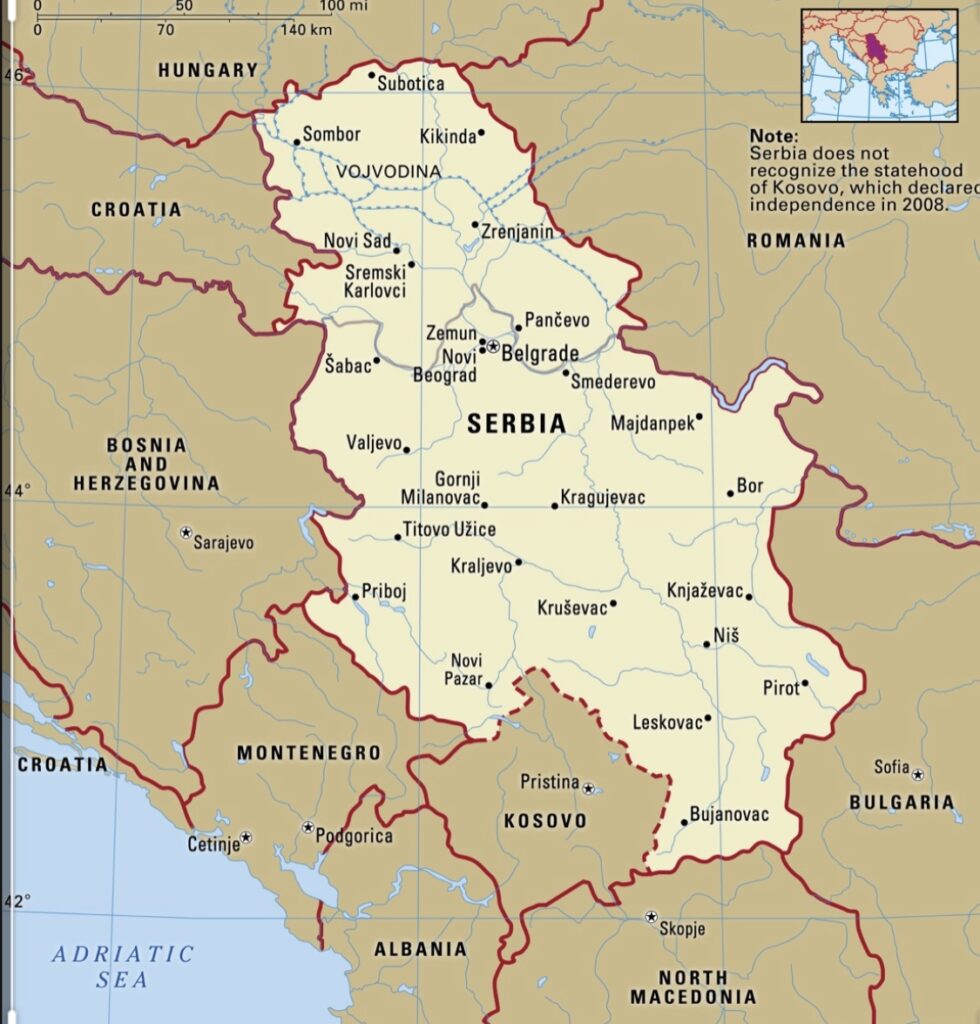
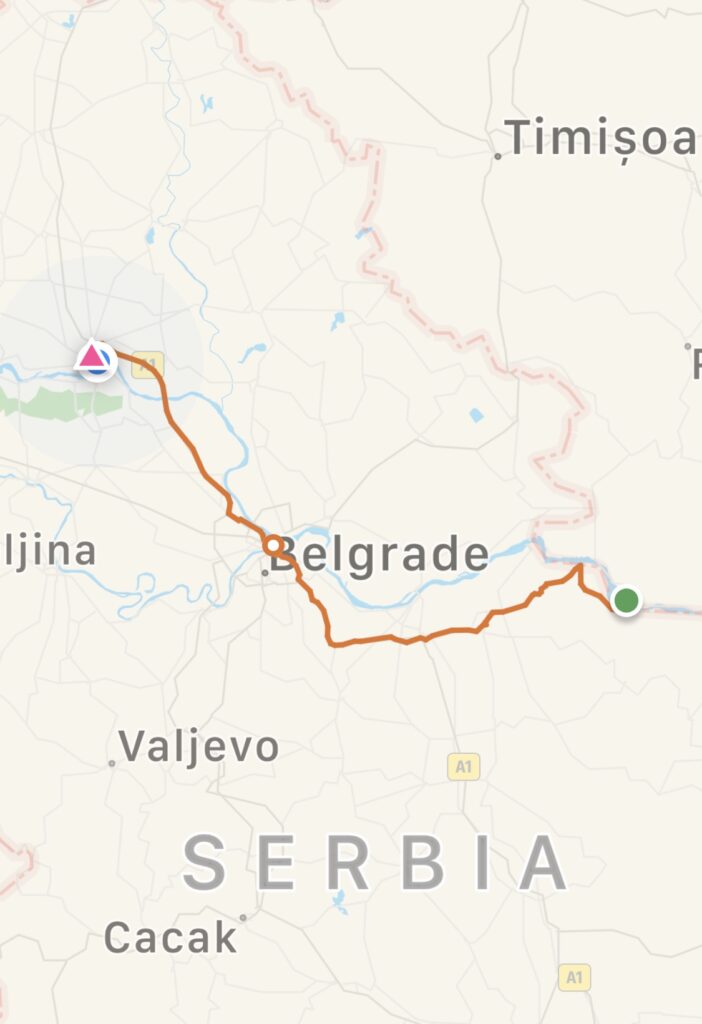
Archive Blog Posts of Our Country Visits
About Us

About Us
Hello and Welcome to our Travel Blog Website, We enjoy writing about our experiences and taking photos of our adventuring along the way. Our names are: Daryl and Pen, but Daryl calls me “Bunny.” We met, quite randomly, whilst both… Read More









